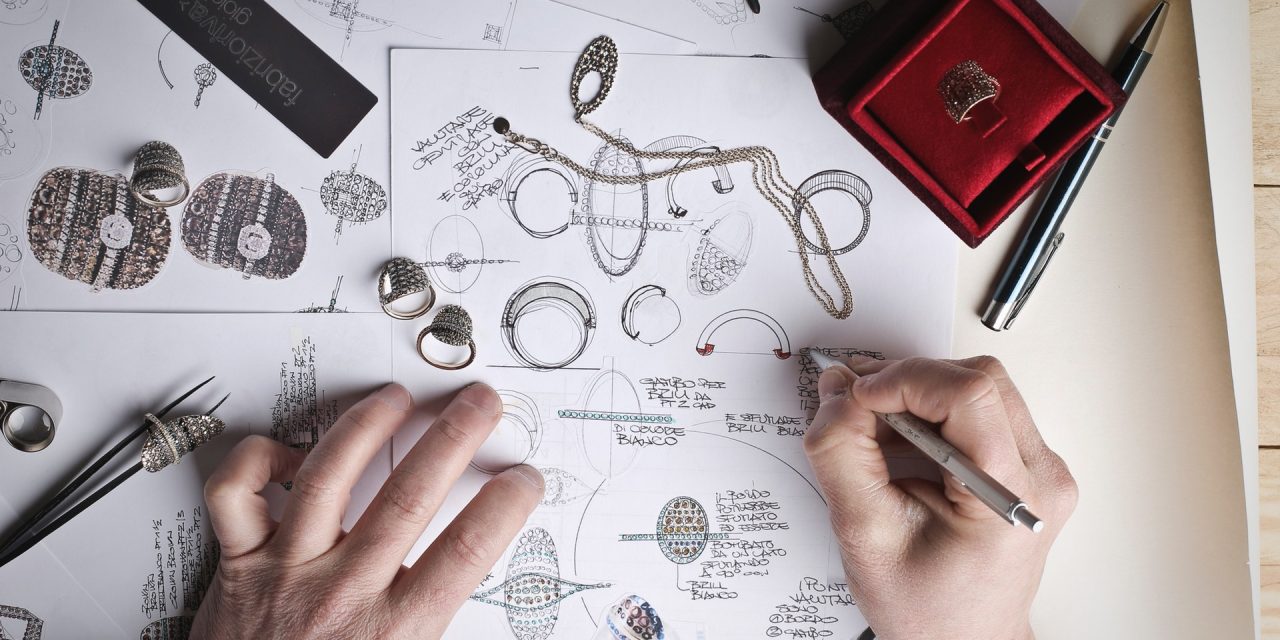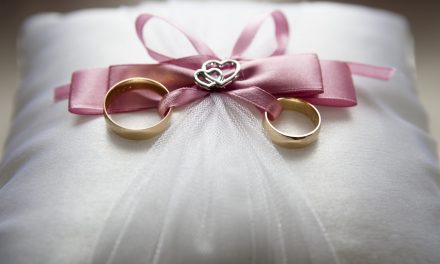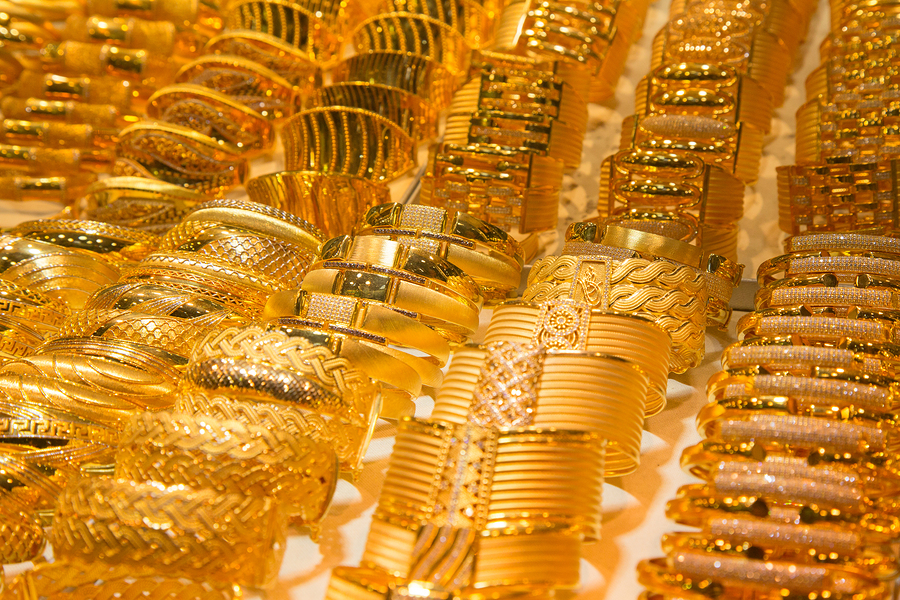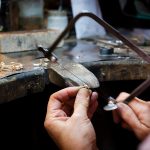We all are in love with gold jewellery. The accessory pieces created by using this precious metal are expensive and very often can drag us into a dream-like state. Many imagine themselves using stunning, eye-catching pieces of gold jewellery, heavy and shiny.
But, do we all understand the process to create such pieces of art? Hardly.
Gold jewellery manufacturing is a craft that goes beyond our history records, developed by the very first societies on earth. Now it’s time to understand how we are doing it.
Designing Gold Jewellery
The whole process starts with designing. Craftsmen need to put the idea on paper and fill it with details. Creating a blueprint with the exact dimensions and added detailing is crucial during the design stage. The idea is beginning the process with the right foot and end with a satisfying final product.
Moulding Gold Jewellery
When the blueprint is ready, a masterpiece is needed to create a highly precise mould. This mould, which is based on advanced technology, will be paramount for the creation of identical replications.
Casting Gold Jewellery
By placing wax replicas into containers made of steel, professional casters heat up the material up to 550ºC. The wax goes away and a material called investment powder stays in shape, creating a sort of flask where the liquefied metal is poured into. After this stage finishes and the material is cool enough, the flask is removed and the cast jewellery is exposed.
The cheapest method to obtain gold for jewellery is either in the form of gold granules at 24k, then melt with an alloy of copper to the desired karat ratio.
Filing Gold Jewellery
In simple words, filling is the process where the craftsmen remove any excess on the metal piece, smoothing the surface. This stage is necessary to achieve the right conditions for every jewellery unit.
Polishing Gold Jewellery
Similar to filling, polishing consists in the use of several resources that allow proper polish of the piece. The idea is to achieve a high-end appearance for the metal, shiny and without spots. It’s common to use high-speed polish machines and cleaning baths.
Correcting Jewellery Embellishments
When the standalone, non-decorated piece of gold jewellery is ready, the craftsmen start decorating it with the predetermined stones and additional elements. The embellishment process demands, for obvious reasons, extreme precision and patience from the professional if a flawless piece is wanted.
Finishing a Jewellery Piece
Once again, the gold jewellery piece needs to be delicately cleaned and polished. After the embellishments are in place, the craftsmen perform a new process to achieve the desired finish on the products, meeting the high standards that are so common in this industry.
Gold Plating / Silver Plating
In general terms, plating consists in covering the jewellery piece’s surface with another metal with different purposes, many times to avoid corrosion, improve wear-ability, or alter conductivity. When it comes to gold jewellery, this process isn’t too common or severe as manufacturers prefer to leave the yellow metal genuine in appearance. Of course, this only applies if you are using an alloy such as copper, if you are using gold or a gold alloy you can proceed without plating.
Quality Checking Jewellery
Professional jewellers are not distributing gold jewellery pieces without submitting them to serious quality checks. When everything is ready and the piece is considered finished, dedicated professionals inspect any possible flaws and defects on the jewel. Everything from the metal surface to the embellishments needs to be perfect. If not, the product returns to the responsive craftsmen, if it is fine, then the manufacturer can now proceed to sell gold jewellery to retail jewellers.














